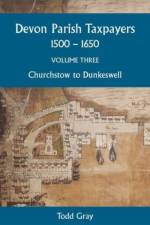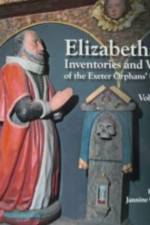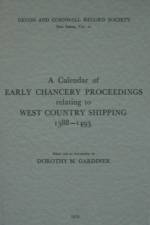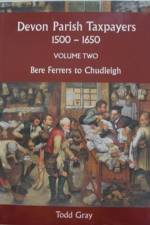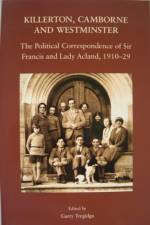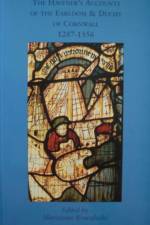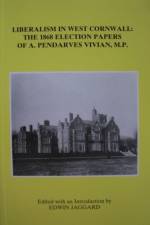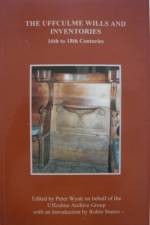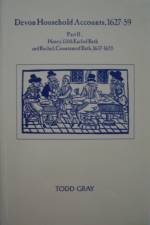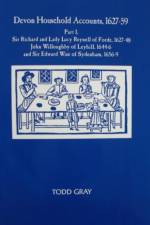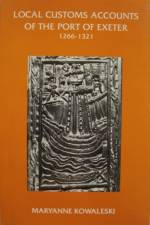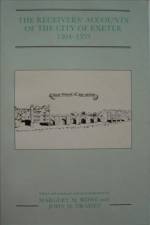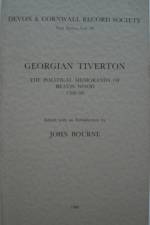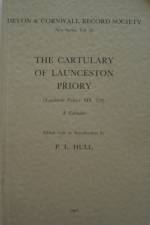av Maryanne Kowaleski
445
From at least the mid-thirteenth century, the Earl of Cornwall, the wealthiest and most politically powerful lord in the county, employed a special official - called the havener - to supervise the administration of his maritime profits in the county. When the Duchy of Cornwall was created in 1337, the havener's duties were expanded, and he was made a permanent salaried official. The office of havener, for which there was no parallel in medieval Britain, allowed the duchy to manage and exploit its maritime properties and prerogatives in a particularly efficient manner. The accounts of the havener record this management, and survive in summary from the late thirteenth century, but inmore detailed, separate accounts from the early fourteenth century. In focusing on the seventy years from 1287 to 1356, this edition allows readers to trace the impact on Cornwall of such major events as the Hundred Years War (begun in 1337) and the devastating plague of the Black Death in 1348-9. The annual accounts of the havener also offer a wealth of information on the development and prosperity of individual ports, including Plymouth, on fishing andthe fish trade, on piracy and privateering, on shipwrecks and 'royal' fish such as whale and porpoise, and on the overseas trade in wine, tin, hides and other goods. Particularly fascinating are the glimpses we can see of the Spanish, French, Irish and English traders, shipmasters, and fishers who visited Cornish shores, and the insights we gain about the people of medieval Cornwall - merchants, fishers, mariners, wreckers, pirates and even peasants - whomade their living from the sea.



